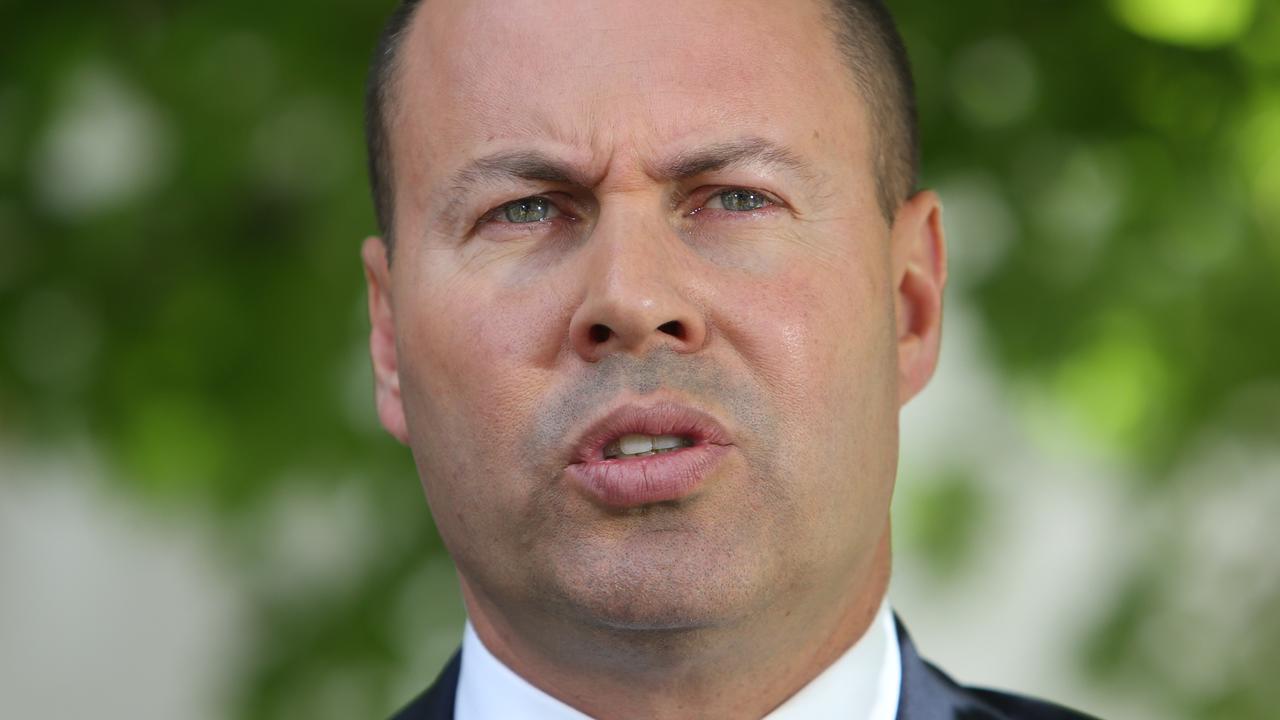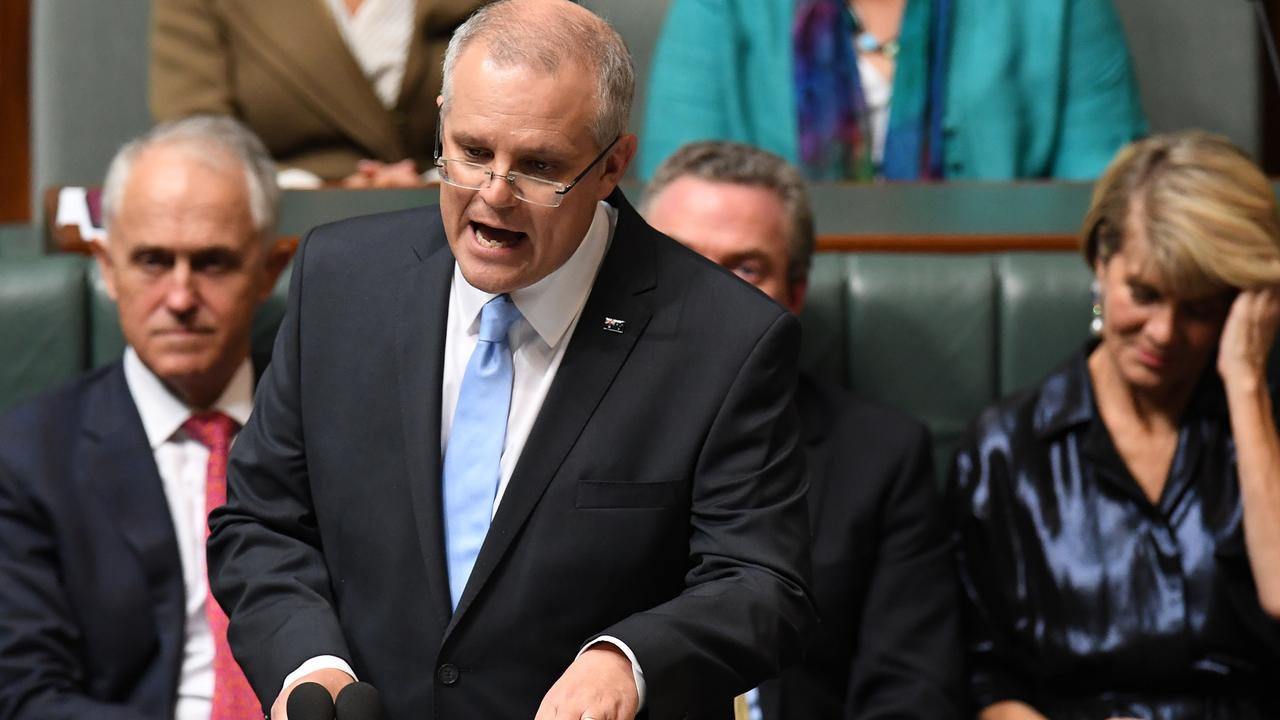Federal budget 2018: Jobs growth and rising profits sees dollars roll in
Treasury can see nothing in the economic trends that would stop the rapid jobs growth and improved company profits.
Treasury can watch the dollars rolling in as rapid jobs growth and improved company profits lift both personal and company tax receipts above the estimates made just six months ago, and it sees nothing in the economic trends that would stop this.
The completion of the major liquefied natural gas plants at a time of rising oil prices completes the rewards from the great resources boom, delivering strong growth in export revenue.
Non-mining business investment, which for years was the missing piece in the economic outlook, has been increasing, supported by office developments and construction work on public infrastructure.
Companies say business conditions have never been better and they expect to continue increasing employment, if not at the breakneck pace of last year.
Treasury expects the household sector will be encouraged by this robust outlook to continue raising spending faster than its income.
Treasury implies that those who doubt its confident outlook are eternal pessimists who will never be satisfied by the good news before their eyes. It says there have been risks around household spending for years, but it has shown resilience.
Household spending has been one of the major economic supports in the six years since the resource investment boom peaked. The difference in the year ahead is that house prices are falling, in contrast to the recent boom in the Sydney and Melbourne markets, and the consequences of that on consumers’ sense of financial wellbeing are hard to predict.
Debts secured against those housing assets are among the highest, relative to incomes, in the world. Retail figures released yesterday show sales volumes rose by only 0.2 per cent in the first three months of the year.
Treasury has conducted a scenario analysis to show that if it were wrong about household spending, the effect on the budget would be relatively modest.
If household spending were to rise by 2 per cent rather than the predicted 3 per cent, the budget cash balance would be $700 million worse over 2018-19 and $2.5bn worse in the following year — not enough to divert the return to budget surplus.
However, the consumption story is more complex, with budget returns also influenced by the pace of income growth. Treasury forecasts a return to 3 per cent wage growth will power a $51bn boost to annual personal income-tax revenue over the next four years, even after the promised income-tax cuts.
Low wage growth is a global trend and many believe it is a structural problem that will not be resolved by lower unemployment. The jobless rate in the US dropped below 4 per cent for the first time in almost 20 years last week, but the rate of wage growth fell.



To join the conversation, please log in. Don't have an account? Register
Join the conversation, you are commenting as Logout